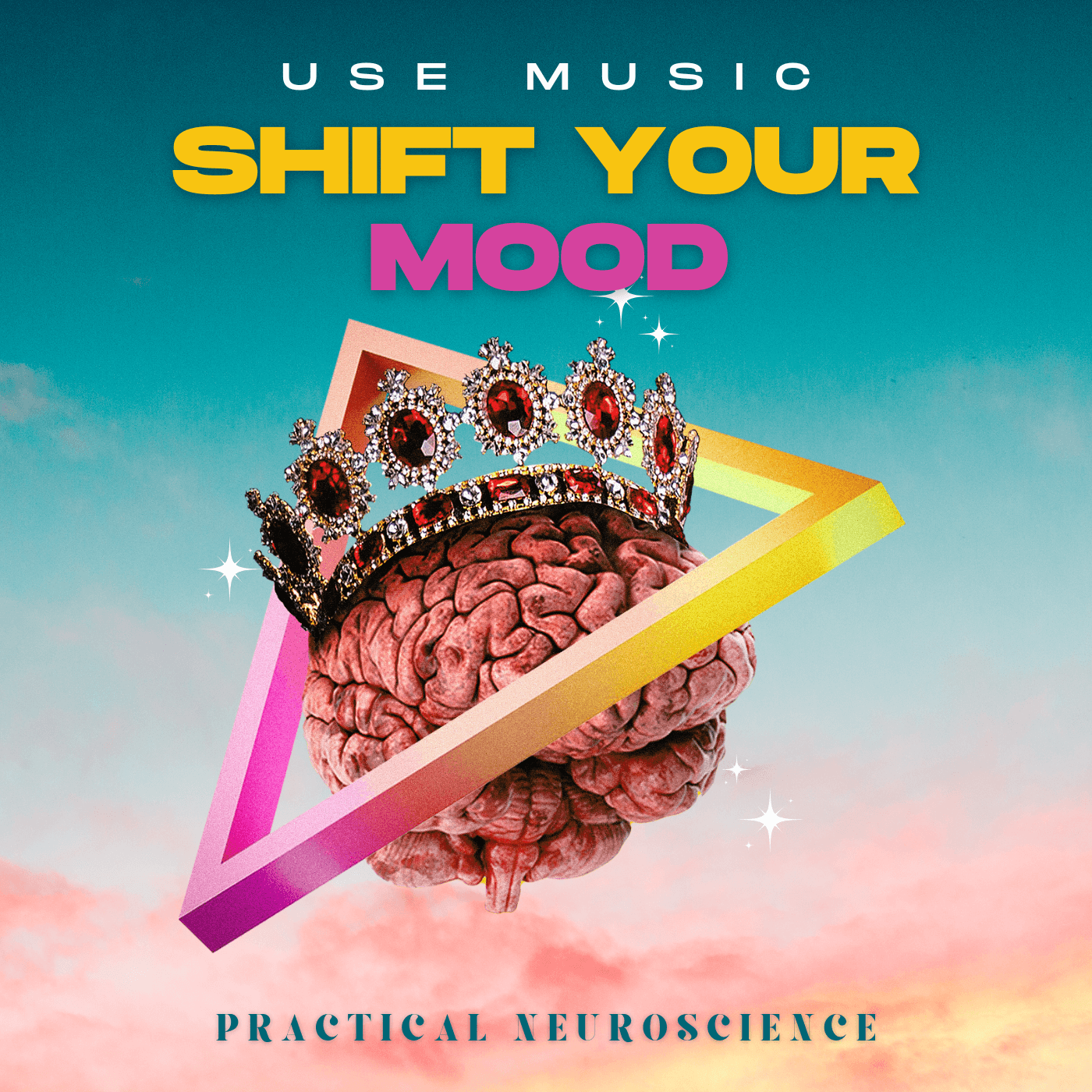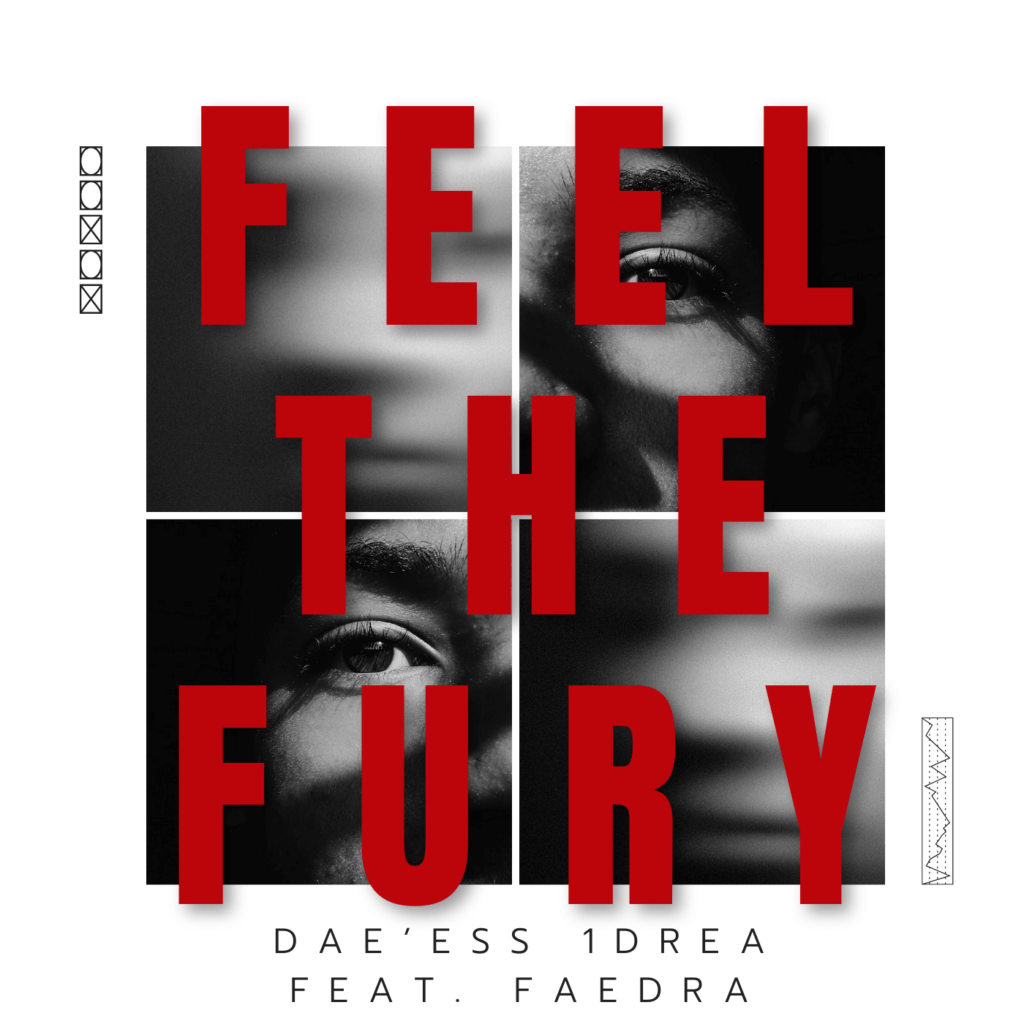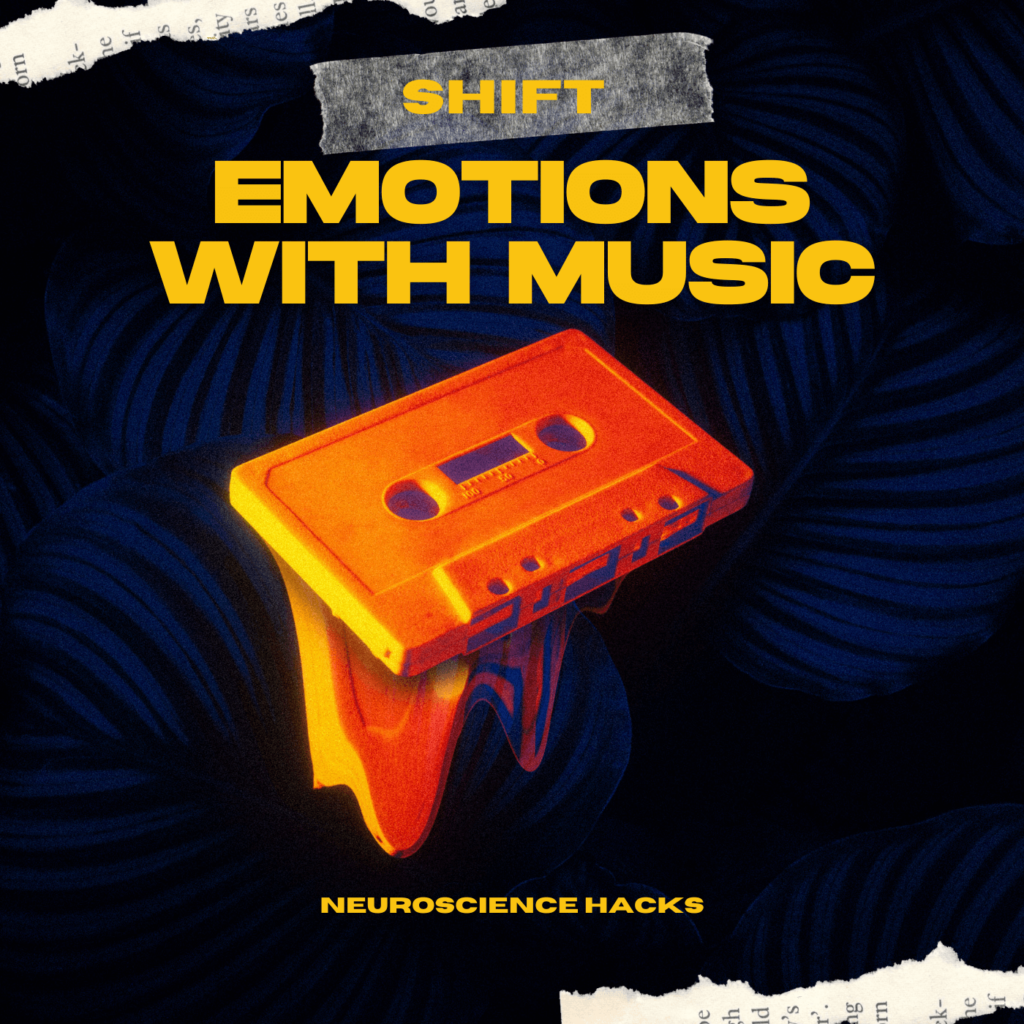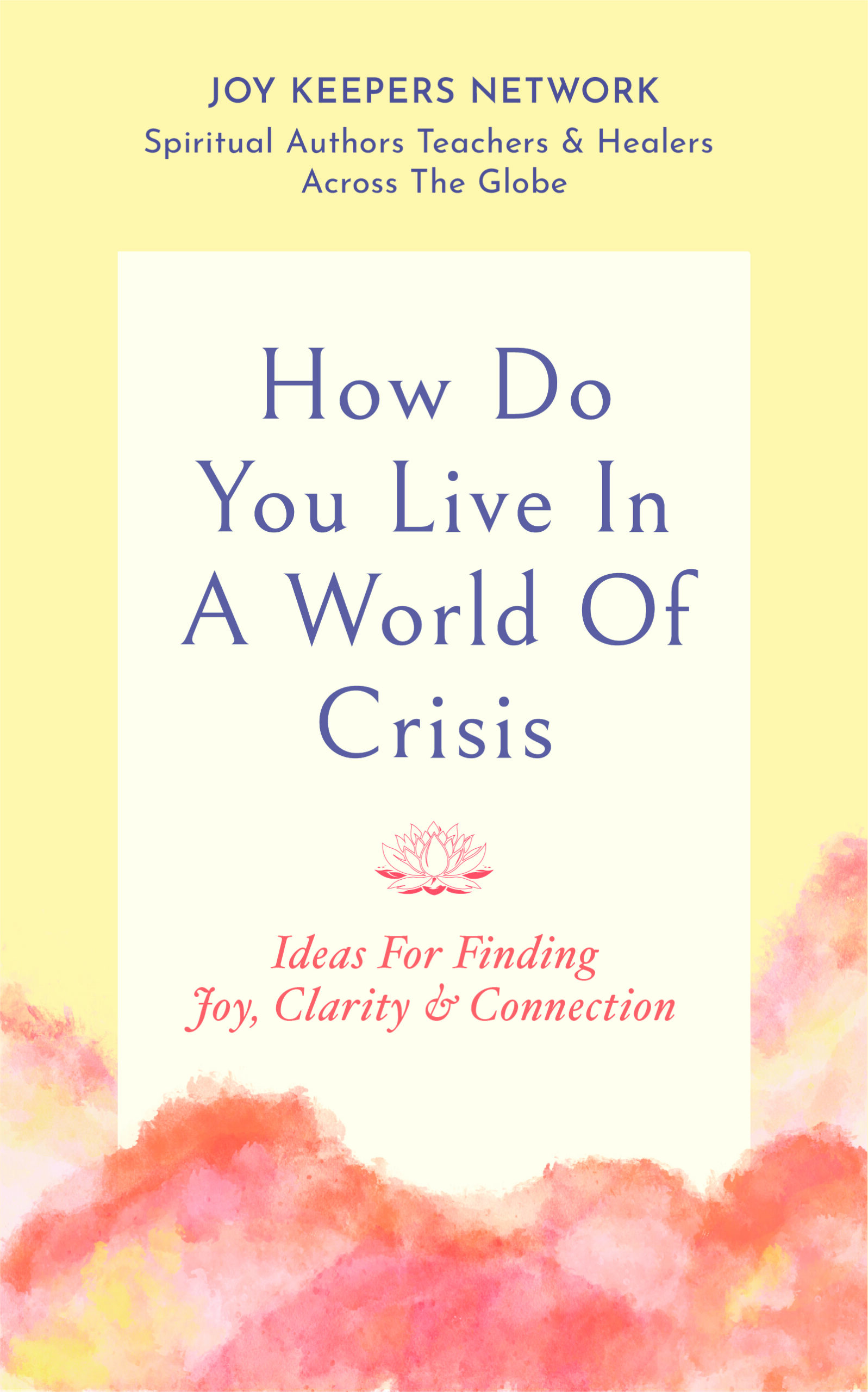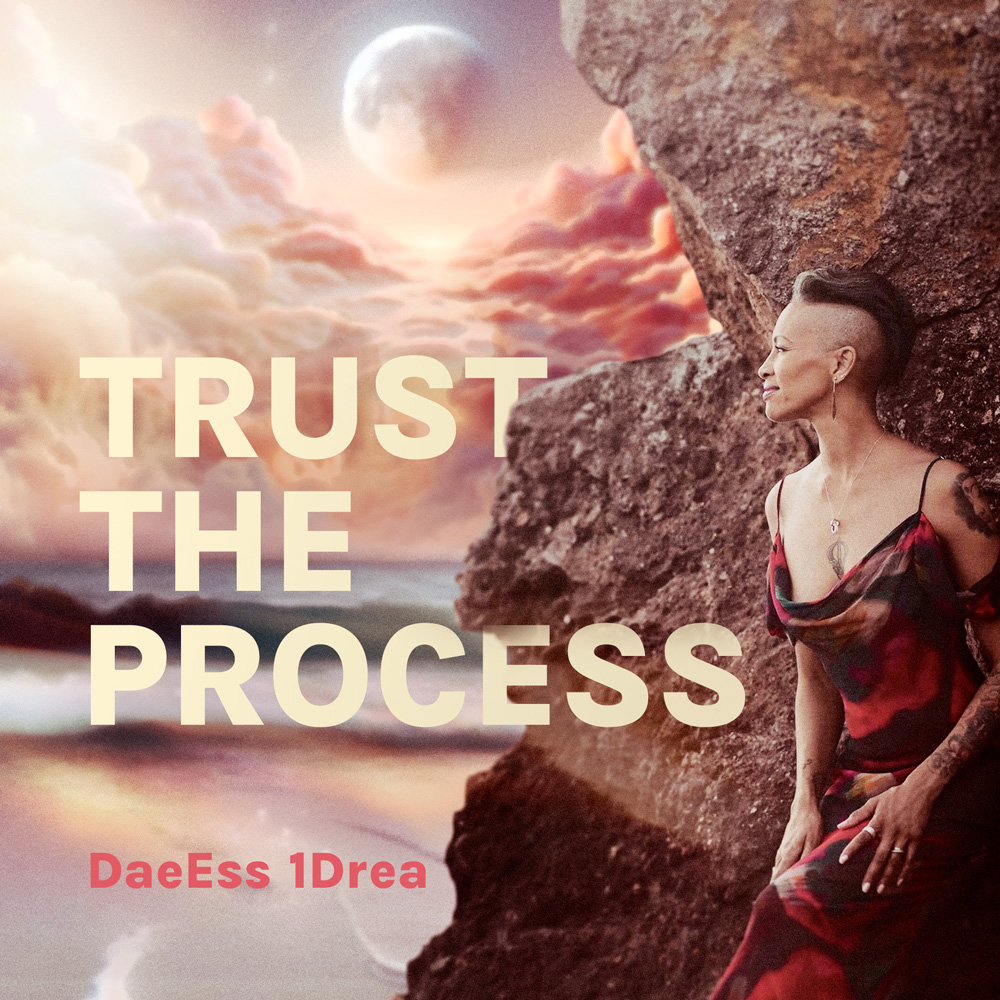Neuroscience Music Hack to Boost Your Mood in Minutes
Have you ever found yourself weighed down by a heavy heart, struggling to shake off a persistent cloud of gloom? Just last week, I was processing some deep sorrow on the anniversary of my dear friend’s passing. She left this world by her own hand, and the weight of her loss is something I still grapple with. In moments like these, music has been my solace, my sanctuary.
I shared a video on TikTok and YouTube about a powerful trick I discovered—one that combines the transformative power of music with the latest insights from neuroscience. It’s a simple yet profound practice that can help you process and elevate your emotions, leading to a significant boost in your mood. And trust me, it works!
The Power of Music to Heal
On that difficult day, I played a song I wrote in memory of my friend, a song called “Simple Surrender.” I played it on repeat, allowing myself to fully feel the sadness, to cry, to journal, and to talk to her spirit. It was a time of deep emotional release.
Once I had let out my grief, I switched to a more uplifting song and went for a walk, imagining that I could show my friend the beauty of my town. This shift in music, from sorrowful to joyful, created a stark contrast that helped lift my spirits almost instantly. But why does this work? Let’s delve into the science behind this practice.
Emotional Processing through Music
1. Catharsis Theory
Catharsis is a concept from psychology that suggests experiencing and expressing strong emotions can lead to a sense of relief and purification. When you listen to music that resonates with your current emotional state—whether it’s sadness, anger, or joy—it allows you to fully experience these emotions. This can lead to a cathartic release, preparing you to embrace more positive feelings afterwards.
Check out my song “Feel the Fury” to release pent up anger and rage!
2. Validation and Identification
Music that matches your emotional state can provide a sense of validation and understanding. It’s like having a friend who gets exactly what you’re going through. This sense of being understood is crucial for emotional healing. It helps to bridge the gap between feeling isolated and feeling connected to the world around you.
3. Transition to Positive Emotion
Once you’ve acknowledged and experienced your negative emotions, you become more open to positive stimuli. By transitioning to uplifting music, you’re not negating your initial feelings but rather taking a deliberate step towards emotional recovery. This transition can be incredibly empowering.
Listen to my song “Simple Surrender” to release sadness and tune into gratitude.
4. Neuroscientific Perspective
From a neuroscience perspective, engaging with music activates various brain areas involved in emotion, memory, and reward. This activation can help reinforce neural pathways associated with emotional regulation and resilience. The shift from negative to positive emotions through music can be a powerful way to engage the brain’s natural plasticity and promote emotional balance.
5. Emotional Contrast
Creating a stark contrast between the depth of your sadness and the height of your joy makes the positive emotions feel more intense. This practice can lead to a stronger and more immediate boost in your mood, as the brain perceives the change more dramatically.
Scientific Support and Considerations
Research in music therapy and emotion regulation underscores the powerful role of music in managing emotions. While the sequence of listening to sad music followed by happy music is still an emerging area, the principles of emotional processing and regulation are well-supported by scientific evidence.
It’s important to remember that this method may not work the same for everyone. Some might find profound relief and mood enhancement, while others may need to tweak the approach to suit their individual needs. The key is to explore your own responses and find what works best for you.
Try It Out: Your Personal Mood Boosting Playlist
Next time you find yourself in a low mood, try this simple music hack:
- Start by playing a song that matches your current emotional state. Allow yourself to fully feel and express those emotions. Cry if you need to, write down your thoughts, or simply sit with your feelings.
- Once you’ve had a chance to process, switch to an uplifting song. Go for a walk, dance around your room, or visualize a happy memory.
- Notice how your mood shifts. Embrace the contrast and let the positive emotions fill you up.
This method is a beautiful reminder that even in our darkest moments, there’s a pathway to light and joy. It’s about honoring our emotions and then consciously choosing to move towards positivity.
Give it a try and see how it works for you. And remember, you’re not alone in your journey. There are tools and methods to help you navigate through tough times and come out stronger on the other side.
For more insights and tips on emotional well-being, follow me on TikTok and YouTube.
Stay kind to yourself, and remember, music is a powerful healer.
~ DaeEss 1Drea
